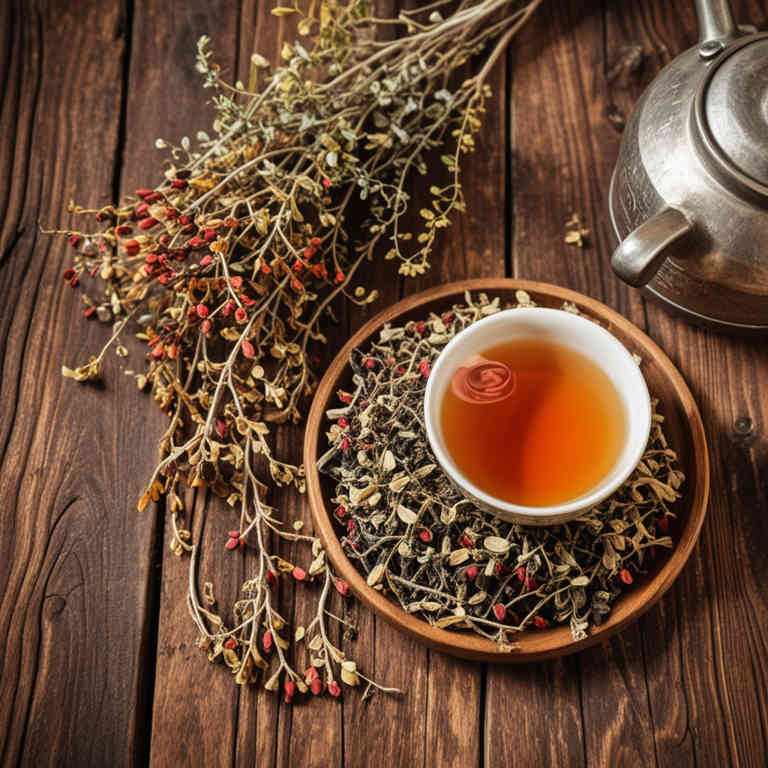Zanthoxylum bungeanum tea for medicinal use

Zanthoxylum bungeanum tea is a traditional herbal preparation made from the dried fruits of the prickly ash plant, native to East Asia.
It is commonly used in herbalism for its purported digestive and circulatory benefits. The tea is believed to aid in improving appetite and digestion, and it may help alleviate symptoms of colds and flu. It is also used in some cultures for its stimulating properties and as a remedy for skin conditions.
Due to its strong flavor and potential medicinal properties, it is often prepared and consumed in small quantities.
Uses
Zanthoxylum bungeanum tea has been used to treat various ailments in traditional Chinese medicine for centuries.
Historically, it was valued for its ability to aid digestion, relieve pain, and improve circulation. In traditional practices, the tea was also used to reduce inflammation and support respiratory health. Modern research has shown that it contains compounds with antimicrobial and antioxidant properties, which may contribute to its traditional uses.
Today, it is still consumed in some regions for its purported health benefits and as a flavorful herbal infusion.
Benefits
Zanthoxylum bungeanum tea has health benefits such as improving digestion, boosting the immune system, and reducing inflammation.
It is known to aid in the treatment of digestive issues like bloating and indigestion due to its carminative properties. This tea also contains antioxidants that help protect the body from oxidative stress and support overall wellness. Additionally, it may help alleviate symptoms of colds and respiratory infections.
Zanthoxylum bungeanum tea is traditionally used in Chinese medicine for its warming effects and its ability to promote circulation.
Constituents
Zanthoxylum bungeanum tea active constituents include alkaloids, flavonoids, terpenoids, and essential oils.
These compounds contribute to the tea's potential health benefits, such as anti-inflammatory and antimicrobial properties. Alkaloids like berberine may support digestive health and metabolic function. Flavonoids are known for their antioxidant effects, which can help protect cells from oxidative stress.
Terpenoids and essential oils may also aid in respiratory and immune system support.
Preparation
To make Zanthoxylum bungeanum tea, start by gathering fresh or dried berries of the plant, which are known for their sharp, citrusy flavor.
Rinse the berries under running water and place them in a pot or tea strainer. Add about 2 cups of water and bring it to a boil, then reduce the heat and let it simmer for 10 to 15 minutes. Strain the tea into a cup and enjoy it either hot or chilled.
This herbal tea is often used in traditional Chinese medicine for its purported digestive and circulatory benefits.
Side Effects
Zanthoxylum bungeanum tea may lead to gastrointestinal discomfort, including nausea, vomiting, and stomach cramps, due to its high concentration of alkaloids and other bioactive compounds.
It can also cause allergic reactions in some individuals, such as skin rashes or itching, especially with prolonged use. The tea may interact with certain medications, particularly those affecting the liver or blood pressure, increasing the risk of adverse effects. Overconsumption could lead to more severe symptoms like dizziness, headaches, or even liver damage.
It is important to consult a healthcare professional before using this herbal preparation, especially for individuals with pre-existing health conditions.